
Every year, Smart Prosperity Institute supports its international research network by allocating funding for timely and authoritative academic research on the green economy. This funding flows through our Greening Growth Partnership project and the Economics and Environmental Policy Research Network.
Here is the class of 2020: 12 projects that will expand our understanding of the environment-economy nexus, being funded with a total of $330,000 over three years.
1) The Opportunity for Conservation Impact Bonds to finance investment in conservation and enhancement of natural capital in Canada - Diane-Laure Arjalies, Celina Chen, Michelina Aguanno, Baani Mann and Melanie Issett
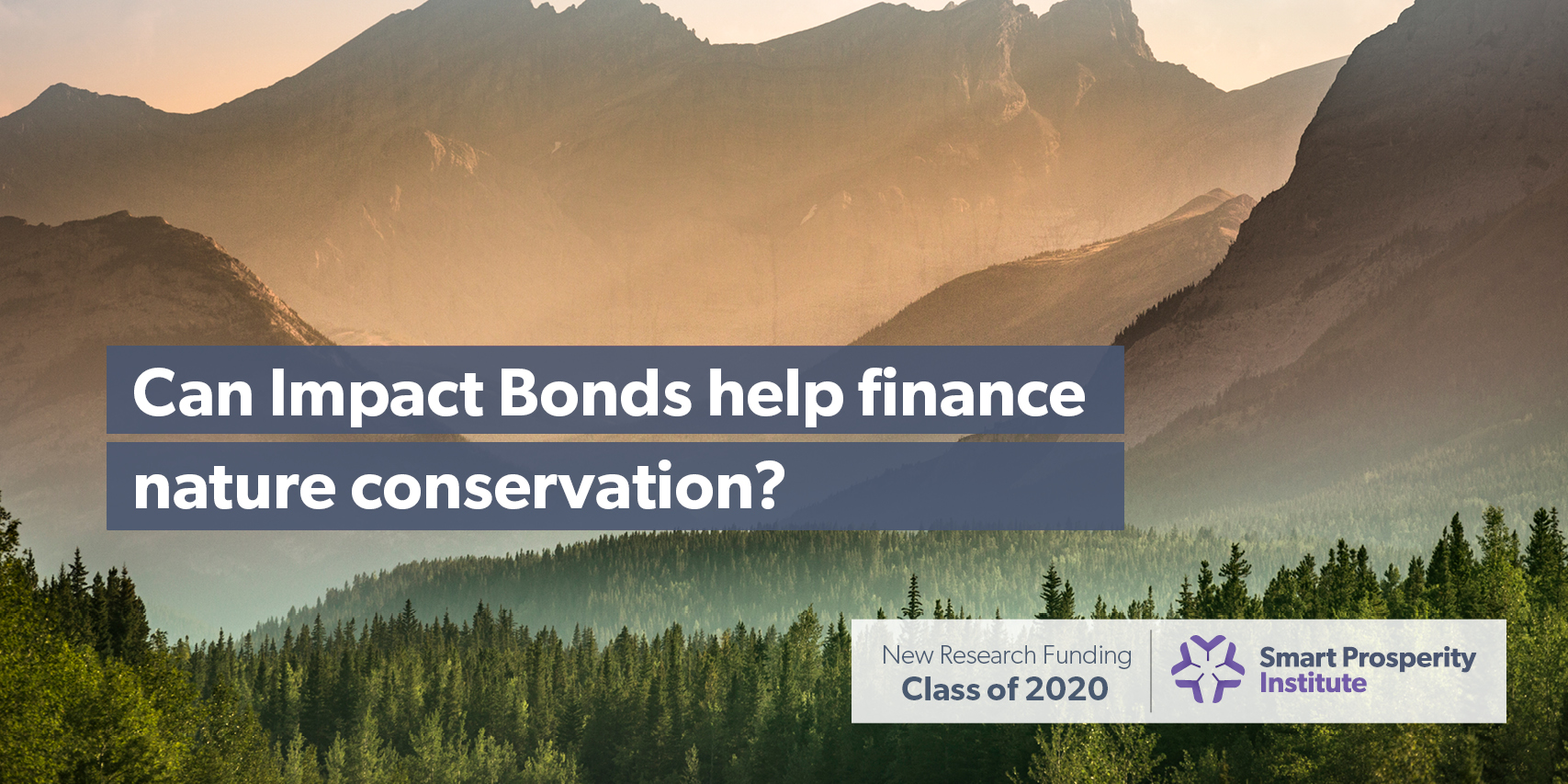
The Conservation Impact Bond is a new financial instrument that has significant potential to channel capital toward landscape-scale conservation and enhancement of natural capital in Canada. The Thames Conservation Impact Bond is the first of its kind in Canada, and has been developed to improve natural infrastructure and ecosystem health on 400 hectares of Carolinian zone in Southwestern Ontario. The objective of this project is to learn from the Thames Conservation Impact Bond and international experience to identify the key elements of a ‘Canadian model’ for the Conservation Impact Bond instrument, maximising its applicability and effectiveness for Canadian ecosystems, policy makers, investors and communities – especially Indigenous communities.
2) The Newfoundland Moose-forest Ecosystem as a Portfolio of Natural Capital: Accounting for Recreation and Ecosystem Feedbacks - Eli Fenichel, Youpei Yan, Robert Buchkowski, Shawn Leroux

This project will develop a bioeconomic “ecological production model” (Barbier, 2007) for forests and moose calibrated to Newfoundland. This model will be paired with a calibrated aggregate demand model, similar to Fenichel et al. (2010) to analyze trade-offs under optimal moose-forest management subject to different institutional constraints and welfare weights. A travel cost survey will be used to estimate the marginal willingness to pay for a moose hunt experience. Results from the two models will be used to measure natural asset price curves for moose, spruce forests, and fir forests and map their distributions (Fenichel et al., 2018; Yun et al., 2017). Lastly, the project will assess how the value stored in moose, spruce, and fir has changed over recent years and examine likely future scenarios.
3) Assessing the South Saskatchewan River Basin as a natural capital asset in a warming world - Patrick Lloyd-Smith, Kenneth Belcher and Eric Asare
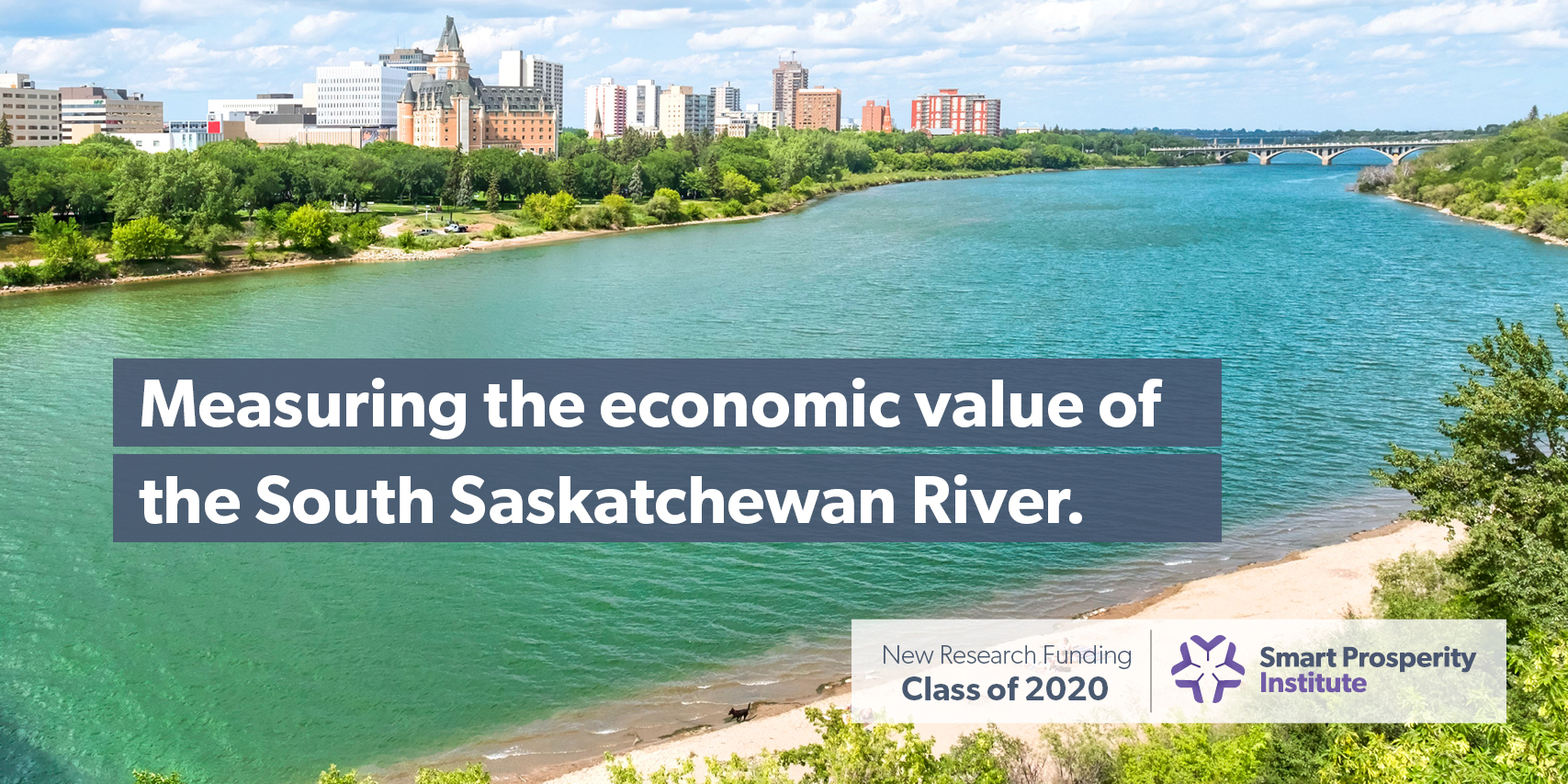
This project will gather the necessary information to build a full hydro-economic model of the South Saskatchewan River Basin that can be used to estimate the economic value of water (glacial and in-stream) in the watershed. To date, there has been no study in Canada that has estimated the economic value of glaciers. This study seeks to address this gap in knowledge and build on the natural capital valuation approach developed by Fenichel et al. (2016) by laying the foundations for an integrated hydro-economic model with institutional, environmental, and climatic constraints. The ultimate aim of the hydro-economic model will be to estimate the economic value of water in the glacial headwaters and Lake Diefenbaker in the South Saskatchewan River Basin and understand how this economic value will be affected by climate change.
4) Fast Fashion: Why Firms Incinerate Deadstock, and Public Policies – Sophie Bernard and Pedro Cybis
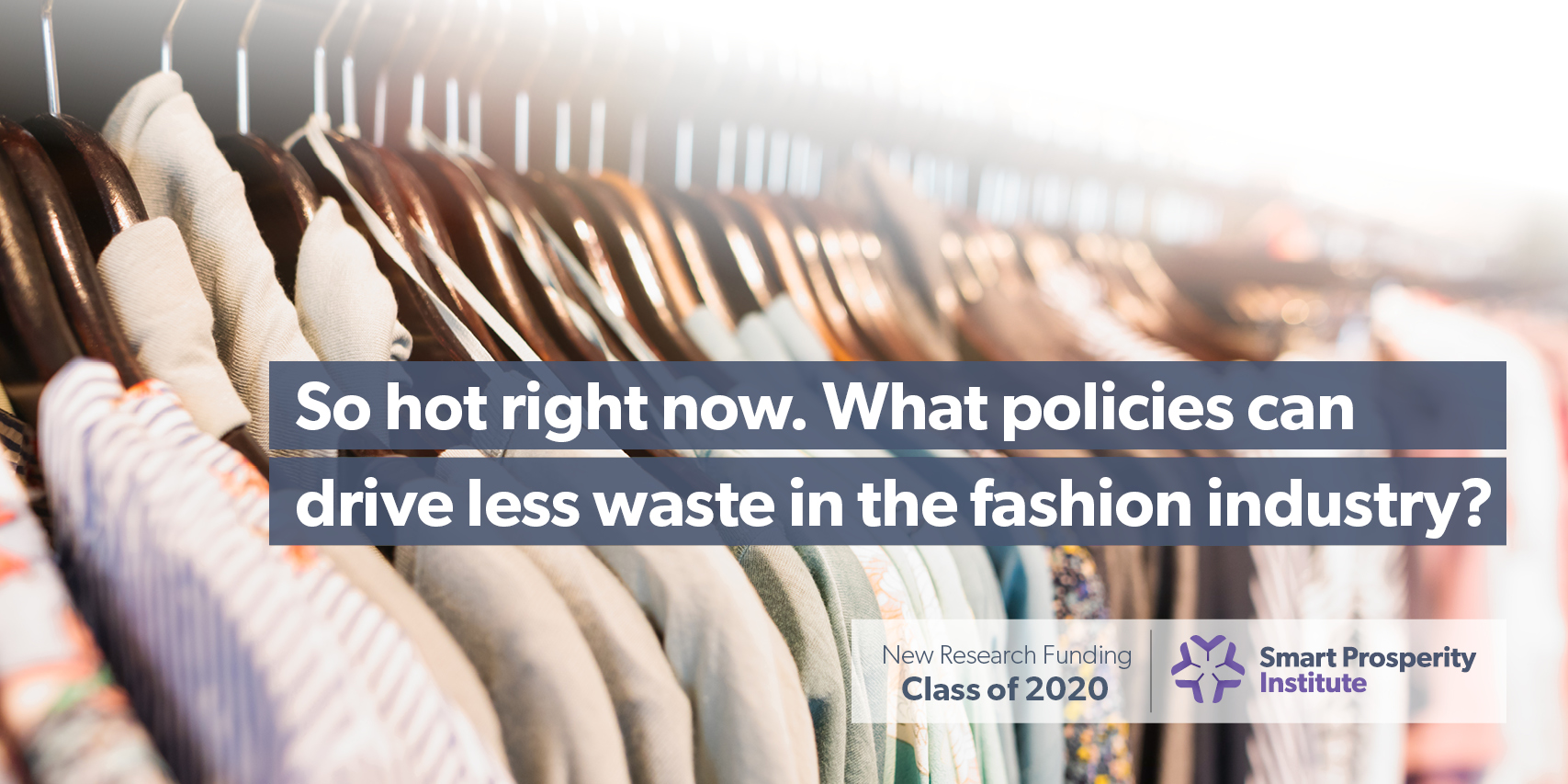
This study aims to determine how environmental policies could reduce the fashion industry's environmental impact by deterring firms from destroying their returned and unsold products. It will first identify drivers behind fashion industry firms' behaviour of disposing returned or unsold inventory. Second, the project will study the impact of potential environmental policies on the environmental performance of the fashion industry, with a particular focus on landfilling and incineration of textile waste. Understanding why and by which mechanisms firms destroy their unsold physical goods is a step towards assisting the industry in reducing its environmental impact. Policymakers in possession of this information would be better equipped to develop regulations for a more sustainable fashion industry.
5) Diffusion of Multiple Demand-Side Low-Carbon Innovations in a 1.5C Energy Transition - Christina Hoicka, Runa Das, Yuxu Zhao and Maria-Louise McMaster

Transitioning to a sustainable, low-carbon energy system is a critical component of climate change mitigation. According to large-scale modelling studies, efficient demand-side technological innovations contribute more to emission reductions than energy supply-side technological innovations (Wilson et al., 2012). Therefore, efforts should focus on developing the full potential of demand-side technological innovations and facilitating their diffusion. This research will attempt to answer the following questions: what are the range and combination of factors that influence low-carbon innovation diffusion to energy users? How, and to what extent, do these low-carbon innovations contribute to system change and sustainable energy transitions? It will answer these questions by developing a statistical model to analyze the factors that influence the diffusion of demand-side, low-carbon innovations to energy users and their potential contribution to energy system transitions.
6) Quebec and California Cap-and-Trade Systems, Emissions Abatement and Competitiveness: A Firm Level Analysis - Stephan Schott and Simon Dessureault

There is uncertainty about the effectiveness of cap-and-trade systems (for example those in Quebec and California) and carbon taxes (e.g., the one in British Columbia (BC)) at reducing firms’ emissions while maintaining firms’ competitiveness. This project will assess the feasibility of empirically testing the link between both Quebec and California Cap-and-Trade Systems and emissions, carbon productivity combined with other proxies for clean innovation, and competitiveness using firm-level data. We will provide a thorough literature review, identify suitable data and methods, and provide initial results to answer the following research questions: What are the impacts of the Quebec and California Cap-and-Trade Systems on emissions and competitiveness at the firm-level by sector in Quebec? How do impacts from this quantity-based carbon policy compare to the impacts on emissions and competitiveness in BC that uses a price-based carbon policy? Based on the initial impact analysis of the Quebec and California Cap-and-Trade Systems and existing results and analysis for the BC carbon tax, we will discuss the policy insights from our comparative analysis and how it could be used to develop models and estimation methods to better inform carbon pricing policies and instruments.
7) Developing Inclusive Green Economies through Property Assessed Clean Energy Incentives - Stephan Vachon, Michael Courey, Skylar Franke & Brennan Vogel
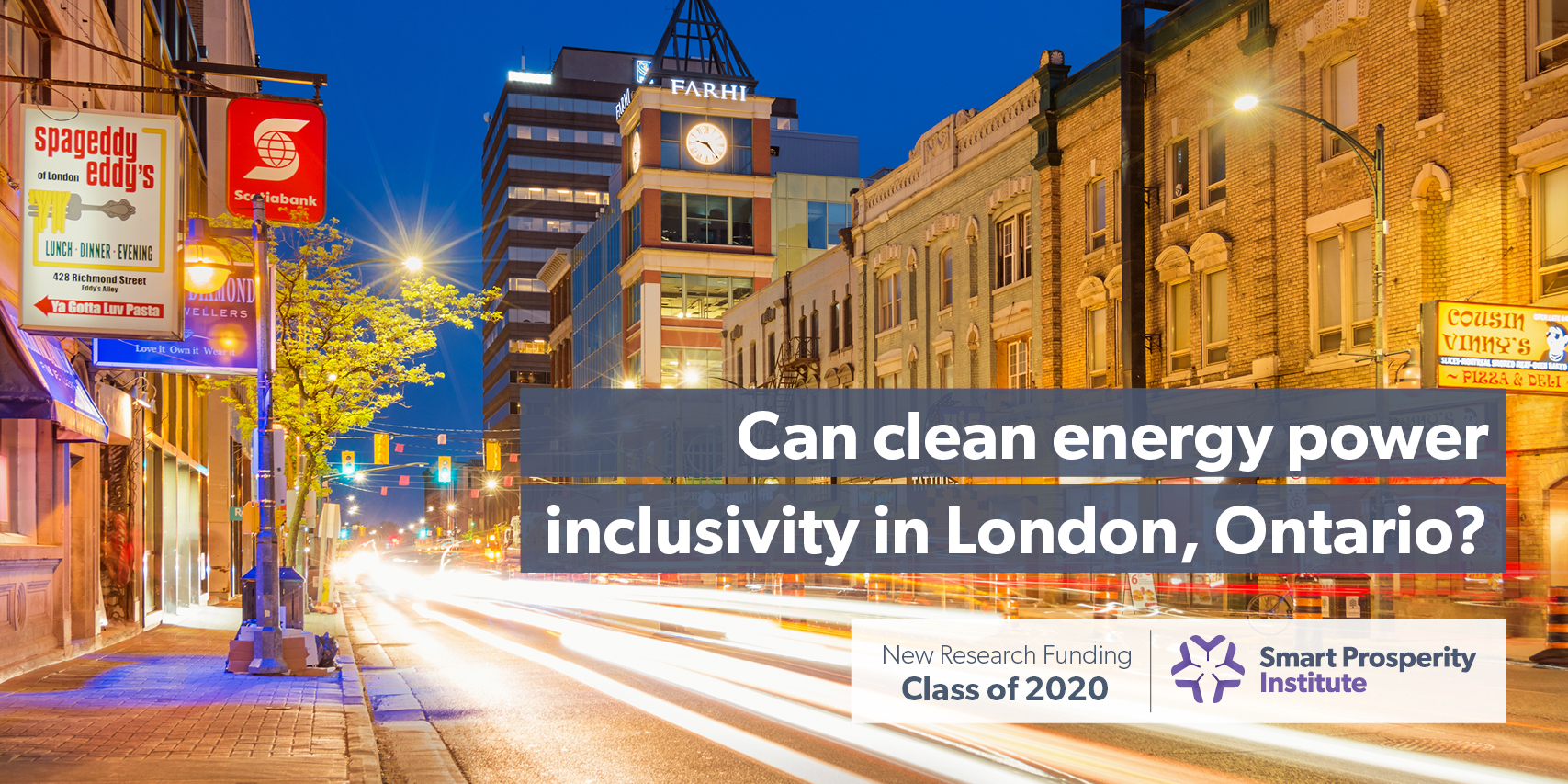
The goal of this research development project is to collaboratively explore ways to enable the creation of an inclusive green economy strategy in London, Ontario, by exploring opportunities for environmental and socio-economic solutions that can be tailored to meet the needs of Londoners. This will be done on the basis of a literature review, policy analysis and stakeholder consultation. The project will develop a preliminary business case for reducing greenhouse gas emissions via integrated policy and program responses that can co-beneficially address poverty and precarious employment issues facing the City, through building energy retrofit solutions enabled by local green finance strategies. This research also seeks to contribute to scholarly knowledge on those factors that enable and motivate local, inclusive, green economic transitions, while also contributing applied research insights to the actionable priorities identified in the City of London Climate Emergency Action Plan process.
8) Behavioural Finance and Green Bonds: Drivers and Barriers for Investors to Invest in the Green Bond Market - Olaf Weber and Vasundhara Saravade
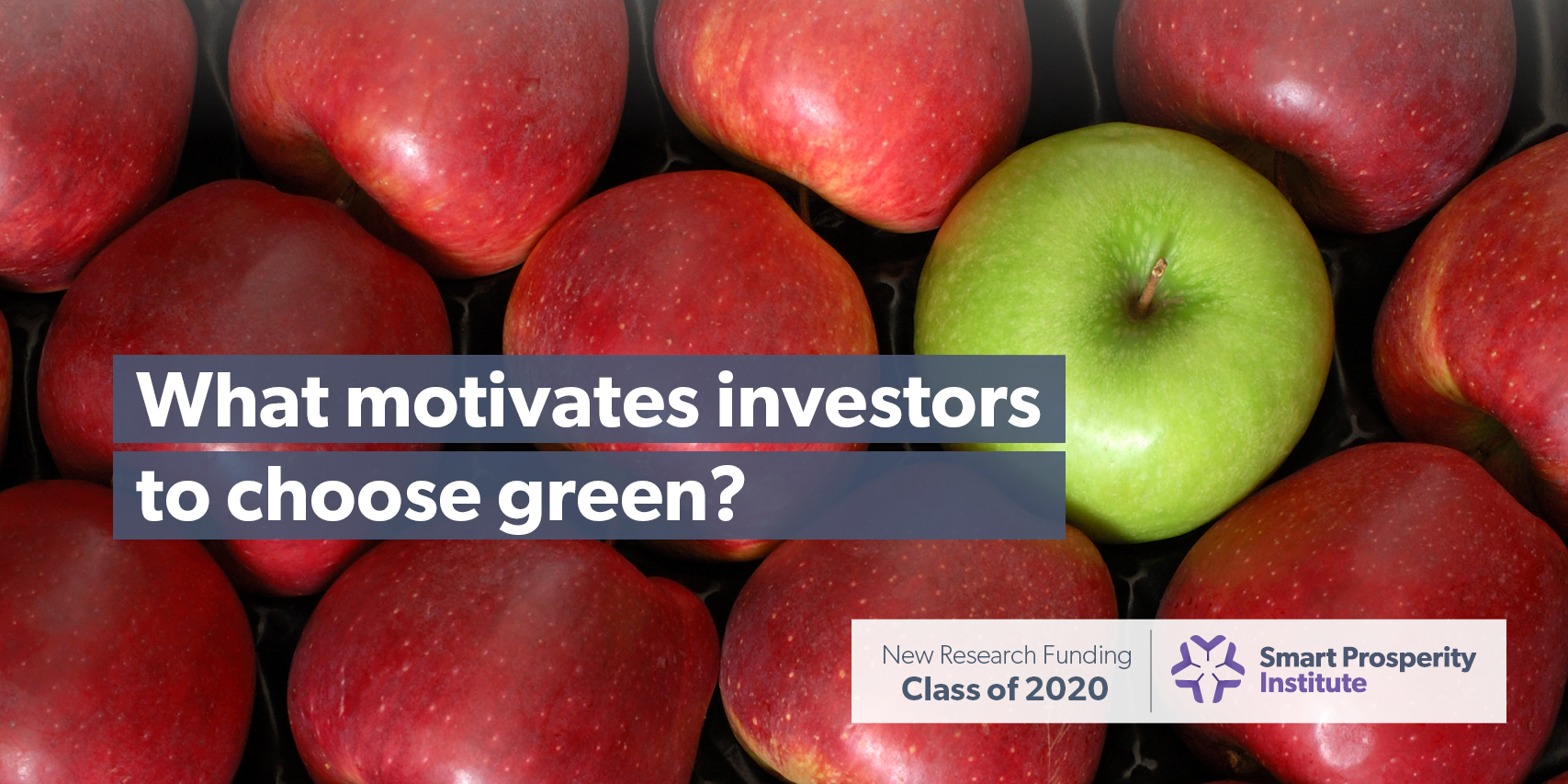
This research project strives to understand the motivations of investors to invest in green financial products, such as green bonds. It will conduct a needs-based assessment of relevant climate-based financial data available in Canada, create an evaluation framework that can be used by the Canadian financial sector and evaluate how behavioural interventions among institutional investors might change capital flows towards sustainable finance markets. In doing this, it will answer the following research questions: What are the data gaps and challenges for the primary stakeholders of this market, such as issuers and investors? What might an evaluation framework for Canadian green bonds look like? How does the framing of new climate disclosures change institutional investor behaviour in the green bond market?
9) Entry, Exit, and Reallocation Responses of Manufacturing Plants to Carbon Taxes – Akio Yamazaki and Philippe Kabore
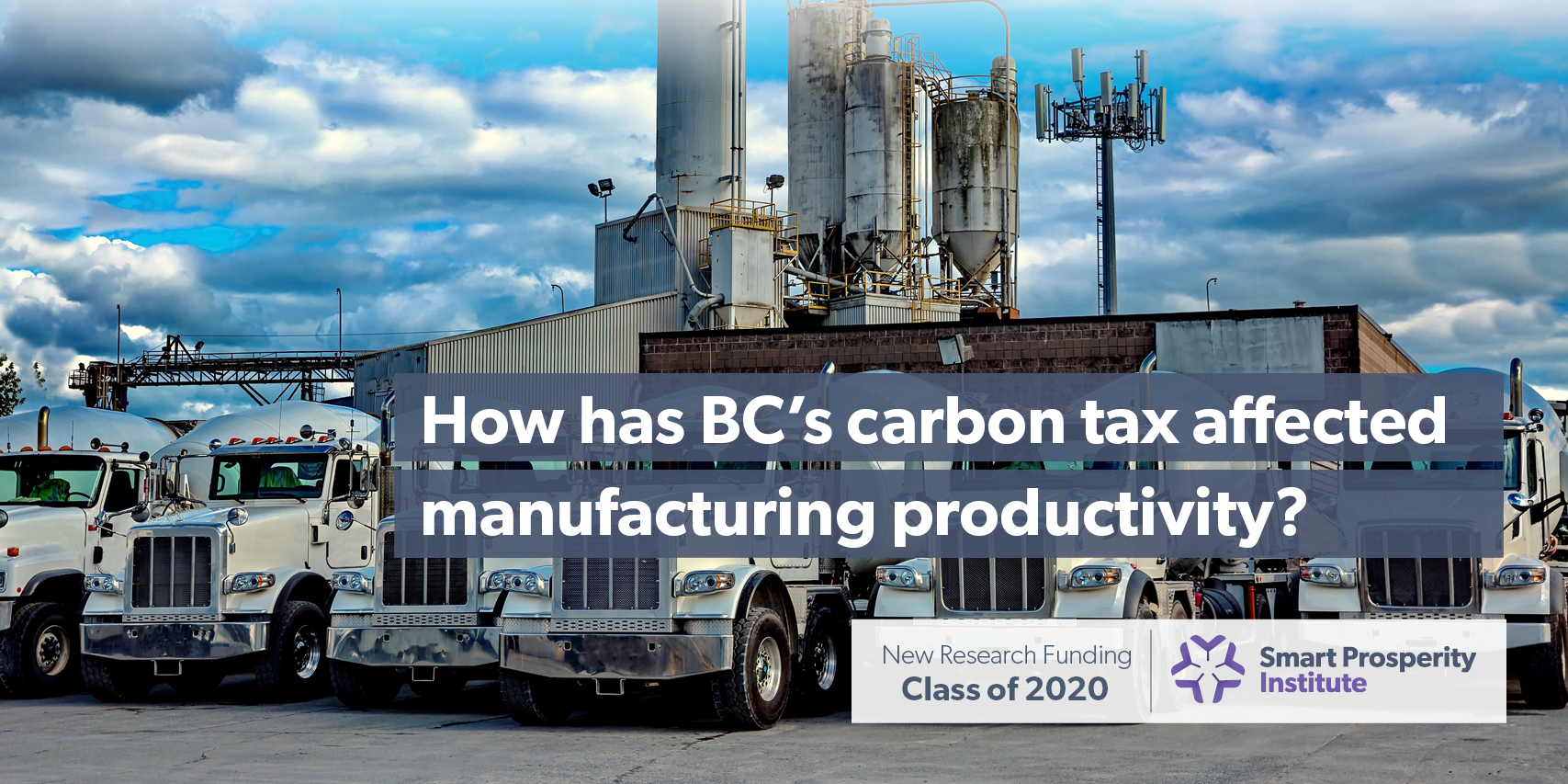
This research project seeks to deepen our understanding of the costs and benefits of carbon taxation by examining the revenue-neutral carbon tax implemented by British Columbia in 2008. This project will investigate how environmental taxes affect manufacturing productivity when tax revenues are recycled, taking into account extensive margin adjustments (i.e. entry and exit responses) made by manufacturing plants in response to the policy. This is particularly important because clean plants might enter and emission-intensive plants might exit the market in response to the policy. Furthermore, there may be a reallocation of resources within the manufacturing sector, from emission-intensive unproductive plants to clean productive plants. These responses can restructure the manufacturing sector to be more productive and cleaner. To date, no study in the literature has considered entry, exit and reallocation responses to a policy. These results will help policymakers make more informed decisions on the future of carbon pricing policy, particularly with regard to what policies could be bundled with carbon taxes in order to minimize the possible negative impacts of the policies.
10) Low carbon economic transitions in Canada - Kathryn Harrison, Matto Mildenberger and Leah Stokes

This project seeks to contribute toward building high-quality research and expertise to support Canada’s multi-decade effort to decarbonize its economy, by supporting the emergence of research excellence in a new generation of Canadian climate politics scholars. The project will allow an emerging scholar to work collaboratively on at least four research projects including: 1) a study of the distribution of local-scale climate and energy beliefs in Canada, 2) an impact analysis of the federal government’s Climate Action Incentive, 3) research on Canadian opposition to distributed energy generation, and 4) policy analysis around the Pan Canadian approach to Pricing Carbon Pollution.
11) Governing Complexity in Electromobility Transitions - David Wolfe and Nathan Lemphers

The purpose of this interdisciplinary research project is to generate knowledge and insights into how regional economies can adapt and thrive in a carbon-free world. More specifically, this project will 1) assess the current policy preparedness for the transition to electromobility in key jurisdictions, 2) analyze the potential distributional consequences of electromobility in these regions, 3) explore potential policies to remedy the negative consequences and harness the benefits of a transition to electromobility. It will achieve this by engaging policy practitioners from the public, private, and non-profit sectors in the research creation and analysis in order to engage them in thinking about the impacts of electromobility. The results will ultimately help policymakers hasten a just transition to a more sustainable transportation system.
12) BC Environmental and Ecosystem Benefits Assessment Platform – Marian Weber and Nancy Olewiler
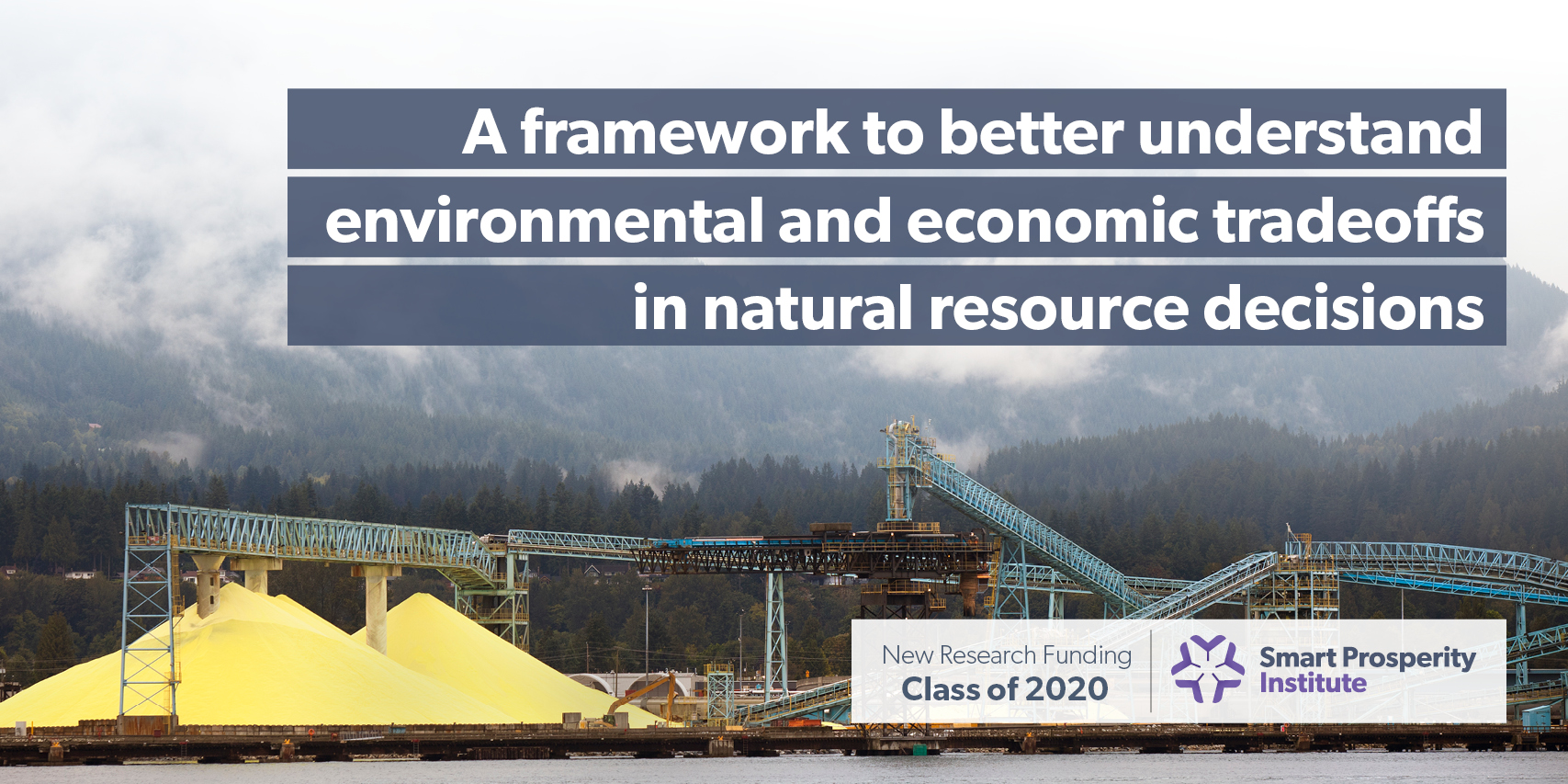
This project will develop a framework for a standardized, valid, digitized and publicly available Environmental and Ecosystem Benefits platform to support natural resource policies in BC. Healthy ecosystems provide important “services” to British Columbians such as clean air and water, healthy forests and farms, and habitat for plants and animals. Many of these services are not captured by markets and need to be assessed and/or valued and reported next to the economic benefits of development when evaluating legislation and policies in BC’s Natural Resource Ministries. The framework will be developed on the basis of a literature review, jurisdictional scan of policies and practices, potential case studies, and meetings and interviews with key internal stakeholders to understand the role of Environmental and Ecosystem Benefits information in the policy process.